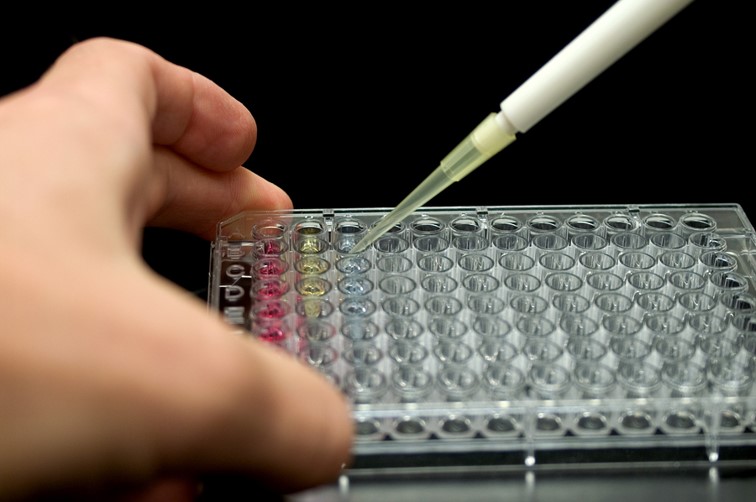Alternatives to animal-derived research reagents

Animal derived materials remain an important part of biological research. Progress is being made to replace these with better-defined non-animal alternatives. This is a huge task. The goal of developing alternatives to materials such as FBS and Matrigel® remains elusive.
Gelatin and collagen
These are derived from a variety of animal tissues. Gelatin is most commonly sourced from pigs. Both of these materials form hydrogels which provides an extracellular matrix to support both 2D and 3D growth of cells.
Blood serum products
The most commonly serum product is FBS. This is widely used to culture cells. FBS contains a cocktail of factors that are required for the viability of many cell types grown in culture. Unfortunately, the “secret sauce” n FBS has not yet been identified. Until it is known exactly which components are important, FBS will remain essential for some research. Some alternatives to FBS are available. However, these invariably require often lengthy adaptation of cell lines. Such adaptation may select for chromosomal abnormalities in cells which may fundamentally alter their characteristics. FBS is typically used at a concentration of 10%. However, many cells work when this concentration is reduced down to almost homoeopathic quantities. In the 3R playbook, there is certainly scope to reduce the amount of FBS used in many experiments.
LAL
Made from the blood of horseshoe crabs, harvesting has significantly depleted numbers in the wild. There are several alternatives to the LAL derived assay used to detect endotoxins. These have been highlighted at horshoecrab.org and include Recombinant Cascade reagent, Recombinant Factor C and the Monocyte activation test. One challenge with implementing these new assays for drug QC assays is the influential US pharmacopoeia who in 2020 rejected these substitutes.
Matrigel®
A hydrogel made from Engelbreth-Holm-Swarm (EHS) mouse sarcomas. Also marketed as Geltrex®. Each tumour-laden mouse generates just 3ml of material for research. Increasingly, researchers are turning away from these variable, sometimes difficult-to-source, hydrogels to animal-free alternatives. One of the best options, being adopted by an increasing number of labs is PeptiGel® which is a fully defined hydrogel generated from self-assembling peptides. PeptiGel can be functionalized with functional motifs that mimic the bioactivity of ECM proteins such as fibronectin and collagen. Large numbers of cell types have been validated in PeptiGel.
Enzymes
Enzymes such as superoxide dismutase are most economically sourced from animal sources such as bovine erythrocytes. Recombinant versions tend to be expensive. Could the activities of the nascent culture meat industry which is focussed on driving down growth factor pricing, stimulate the development of lower-cost production methods for other recombinant proteins too?
IMAGE: Bigstock
Learn more about powerful technologies that are enabling research:



